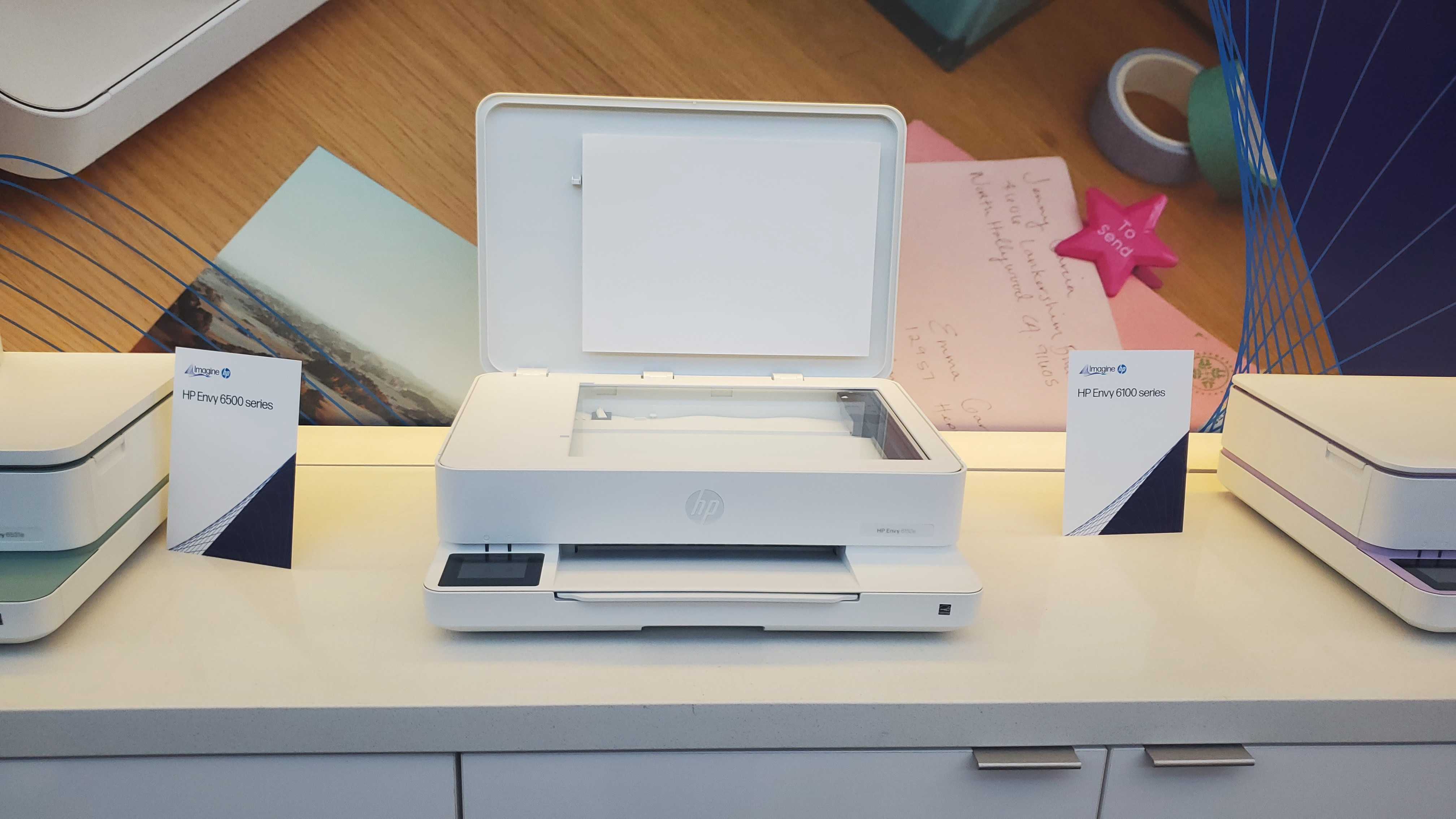
Whether you're in a home office with multiple computers or a small business environment, the convenience of shared printing can't be overstated. But with different operating systems and printer models in the mix, how do you really go about it?
After poring through pages of printer documentation from HP, Epson, Xerox, and more, I'll explore the various methods available for sharing your printer on a network, covering everything from Windows 11 to Windows 10 to macOS. I'll also touch on some general principles that apply across different systems. Let's dive right in!
Related reading: The best home printers.
How to share your printer on Windows 11
Windows 11 makes it straightforward to share your printer across your network. Here's how to do it:
- First, ensure that file and printer sharing is enabled on your Windows 11 PC. To do this, open the Start menu and type "control panel". Select the Control Panel from the results.
- In the Control Panel, make sure the "View by" option is set to "Category" and click on "View network status and tasks".
- Click on "Change advanced sharing settings" on the left side of the window.
- Expand the "Network discovery" section and ensure that both "Turn on Network discovery" and "Turn on file and printer sharing" are enabled.
- Click "Save changes" at the bottom of the window.
Now that sharing is enabled, you can share your specific printer:
- Open the Settings app by pressing Windows key + I.
- Click on "Bluetooth & devices" in the left sidebar, then select "Printers & scanners" on the right.
- Click on the printer you want to share.
- Click on "Printer properties".
- In the new window that opens, click on the "Sharing" tab.
- Check the box next to "Share this printer" and give it a name that will be easy to recognize on the network.
- Click "Apply" and then "OK" to save your changes.
If you ask me, Windows 11 printer sharing is quite smooth and user-friendly. I've used the method above to share my home office printer with my family's devices — it's made our printing tasks much more convenient.
How to share your printer on Windows 10
The process for sharing a printer on Windows 10 is similar to Windows 11, with a few minor differences:
- Open the Start menu and go to Settings > Devices > Printers & scanners.
- Select the printer you want to share and click on "Manage".
- Click on "Printer properties".
- In the new window, click on the "Sharing" tab.
- Check the box next to "Share this printer" and give it a name.
- If you're sharing the printer with computers that might be running different versions of Windows (32-bit vs 64-bit), it's a good idea to check the box next to "Render print jobs on client computers".
- Click "Apply" and then "OK" to save your changes.
Remember, for both Windows 11 and 10, the computer with the shared printer needs to be turned on for other devices to access it.
How to share your printer on macOS
Apple has made printer sharing on macOS quite straightforward, too:
- Click on the Apple menu and select "System Settings".
- Click on "General" in the sidebar, then click "Sharing". You may need to scroll down to find this option.
- Click on the info button (i) next to "Printer Sharing".
- Turn on Printer Sharing.
- Under "Printers", select the printer you want to share.
- You can then choose who can use the printer:
- To let everyone use it, click the pop-up menu next to "Everyone" and choose "Can Print".
- To choose specific users, click the Add button (+) at the bottom of the Users list and select the users you want to grant access.
- Click "Done" to save your changes.
macOS's printer sharing feature works seamlessly with other Macs on the network. It's been a lifesaver whenever I needed to print from my MacBook to the printer connected to my iMac.
What to do after sharing your printer on a network?
Now that you've successfully shared your printer across your network, whether on Windows or macOS, you've opened up a world of convenient printing options for all devices on your network. But the journey doesn't end here – there are a few more things to consider:
- Test the connection: Try printing a test page from another device to ensure everything is working correctly.
- Set up other devices: Make sure all the devices that need access to the printer are properly connected to it.
- Consider security: If you're in a business environment, you might want to set up user permissions to control who can print.
- Keep software updated: Regularly update your printer drivers and operating system to ensure smooth operation.







